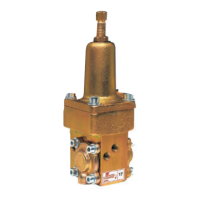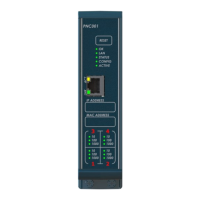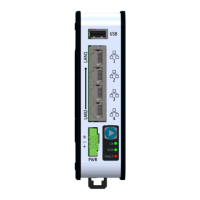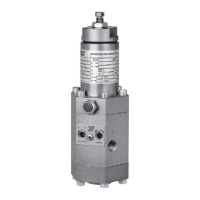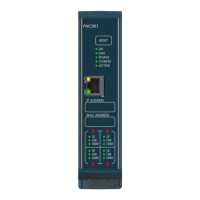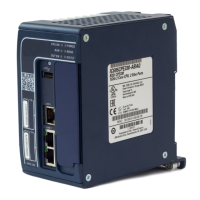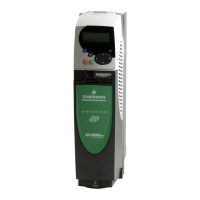Parameter 04.006 Regenerating Current Limit
Short description Defines the current limit used when the motor is being decelerated towards standstill
Mode Open‑Loop
Minimum −VM_MOTOR1_CURRENT_LIMIT Maximum VM_MOTOR1_CURRENT_LIMIT
Default 0.0 Units %
Type 16 Bit User Save Update Rate 4ms read
Display Format Standard Decimal Places 1
Coding RW, VM, RA
See Motoring Current Limit (04.005).
Parameter 04.007 Symmetrical Current Limit
Short description Defines the symmetrical current limit
Mode Open‑Loop
Minimum −VM_MOTOR1_CURRENT_LIMIT Maximum VM_MOTOR1_CURRENT_LIMIT
Default 0.0 Units %
Type 16 Bit User Save Update Rate 4ms read
Display Format Standard Decimal Places 1
Coding RW, VM, RA
See Motoring Current Limit (04.005).
Parameter 04.013 Current Controller Kp Gain
Short description Defines the current loop controller proportional gain
Mode Open‑Loop
Minimum 0 Maximum 30000
Default 20 Units
Type 16 Bit User Save Update Rate Background read
Display Format Standard Decimal Places 0
Coding RW
Current Controller Kp Gain (04.013) and Current Controller Ki Gain (04.014) are the proportional and integral gains of the current controller. As already
mentioned the current controller either provides current limits or closed-loop torque control by modifying the Post Ramp Reference (02.001). The control
loop is also used in its torque mode during supply loss, or when the controlled mode standard ramp is active and the drive is decelerating, to regulate
the flow of current into the drive. Although the default settings have been chosen to give suitable gains for less demanding applications it may be
necessary for the user to adjust the performance of the controller. The following is a guide to setting the gains for different applications.
Current limit operation
The current limits will normally operate with an integral term only, particularly below the point where field weakening begins. The proportional term is
inherent in the loop. The integral term must be increased enough to counter the effect of the ramp which is still active even in current limit. For example,
if the drive is operating at constant frequency and is overloaded the current limit system will try to reduce the output frequency to reduce the load. At the
same time the ramp will try to increase the frequency back up to the demand level. If the integral gain is increased too far the first signs of instability will
occur when operating around the point where field weakening begins. These oscillations can be reduced by increasing the proportional gain. A system
has been included to prevent regulation because of the opposite actions of the ramps and the current limit. This can reduce the actual level that the
current limit becomes active by 12.5%. This still allows the current to increase up to the current limit set by the user. However the Current Limit Active
(10.009) flag could become active up to 12.5% below the current limit depending on the ramp rate used.
Torque control
Again the controller will normally operate with an integral term only, particularly below the point where field weakening begins. The first signs of
instability will appear around base speed, and can be reduced by increasing the proportional gain. The controller can be less stable in torque control
mode compared to when it is used for current limiting. This is because load helps to stabilise the controller, and under torque control the drive may
operate with light load. Under current limit the drive is often under heavy load unless the current limits are set at a low level.
Supply loss and standard ramp
The d.c. bus voltage controller becomes active if supply loss detection is enabled and the drive supply is lost or standard ramp is being used
(Ramp Mode (02.004) > 0) and the motor is regenerating. The d.c. bus controller attempts to hold the d.c. bus voltage at a fixed level by controlling the
flow of current from the drive inverter into its d.c. bus capacitors. The system is forced into current control mode and the output of the d.c. bus voltage
controller is fed into the current controller as shown below.
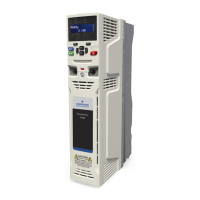
